Affiliate links on Android Authority may earn us a commission. Learn more.
2019 flagship features we want to see
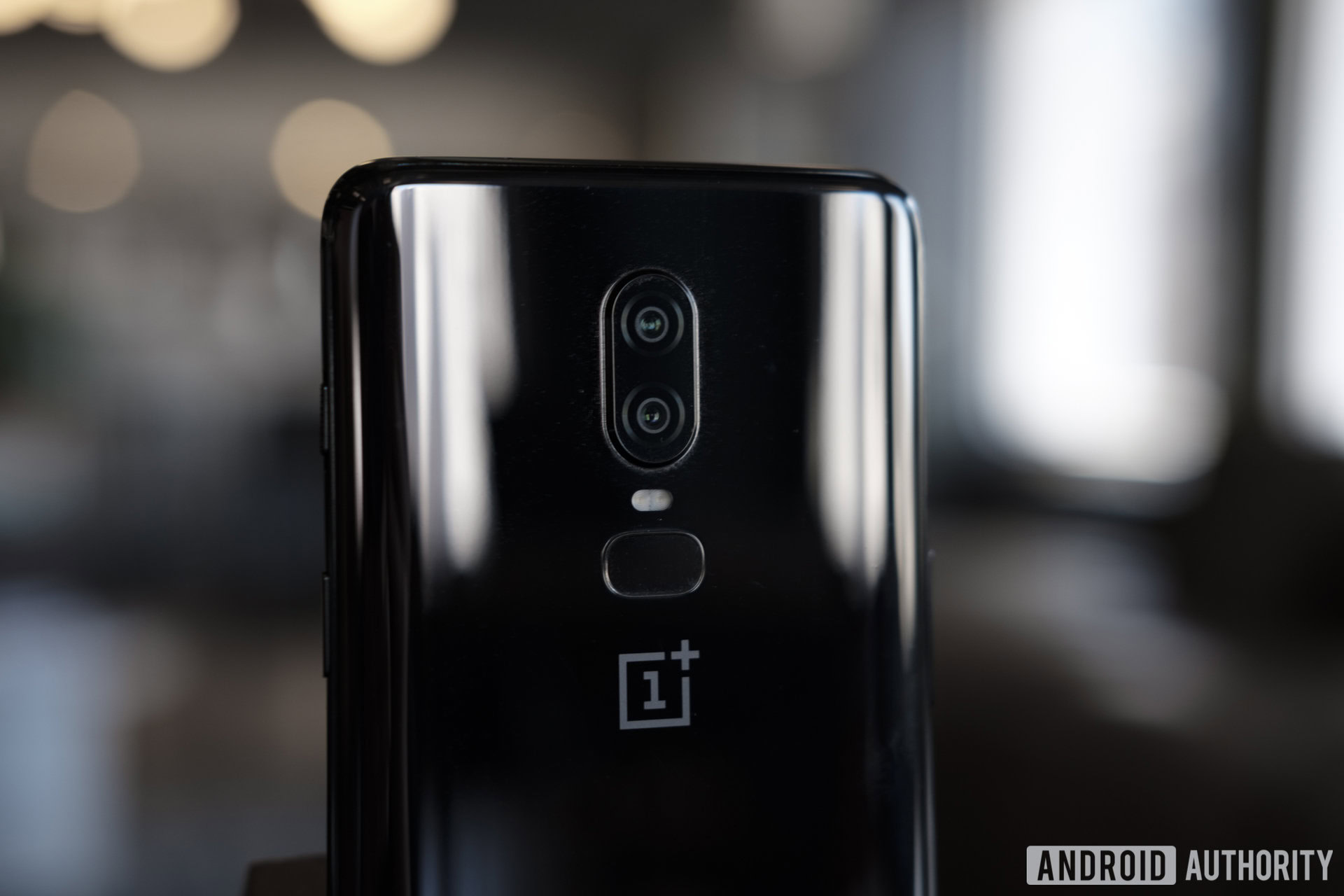
We’re already more than halfway through the year, but there are still a quite few more flagship phones due for release. From Samsung’s Galaxy Note 9 to Google’s Pixel 3 and Xiaomi’s Mi Mix 3 and beyond, there’s a lot to be excited about.
Read Next: Best upcoming Android phones of 2019
We’re more enthused by next year’s high-end devices though, which will inevitably pack next-generation silicon, potentially deliver 5G, and hopefully up the camera ante. Here’s what we’d like to see from 2019 flagships.
5G connectivity
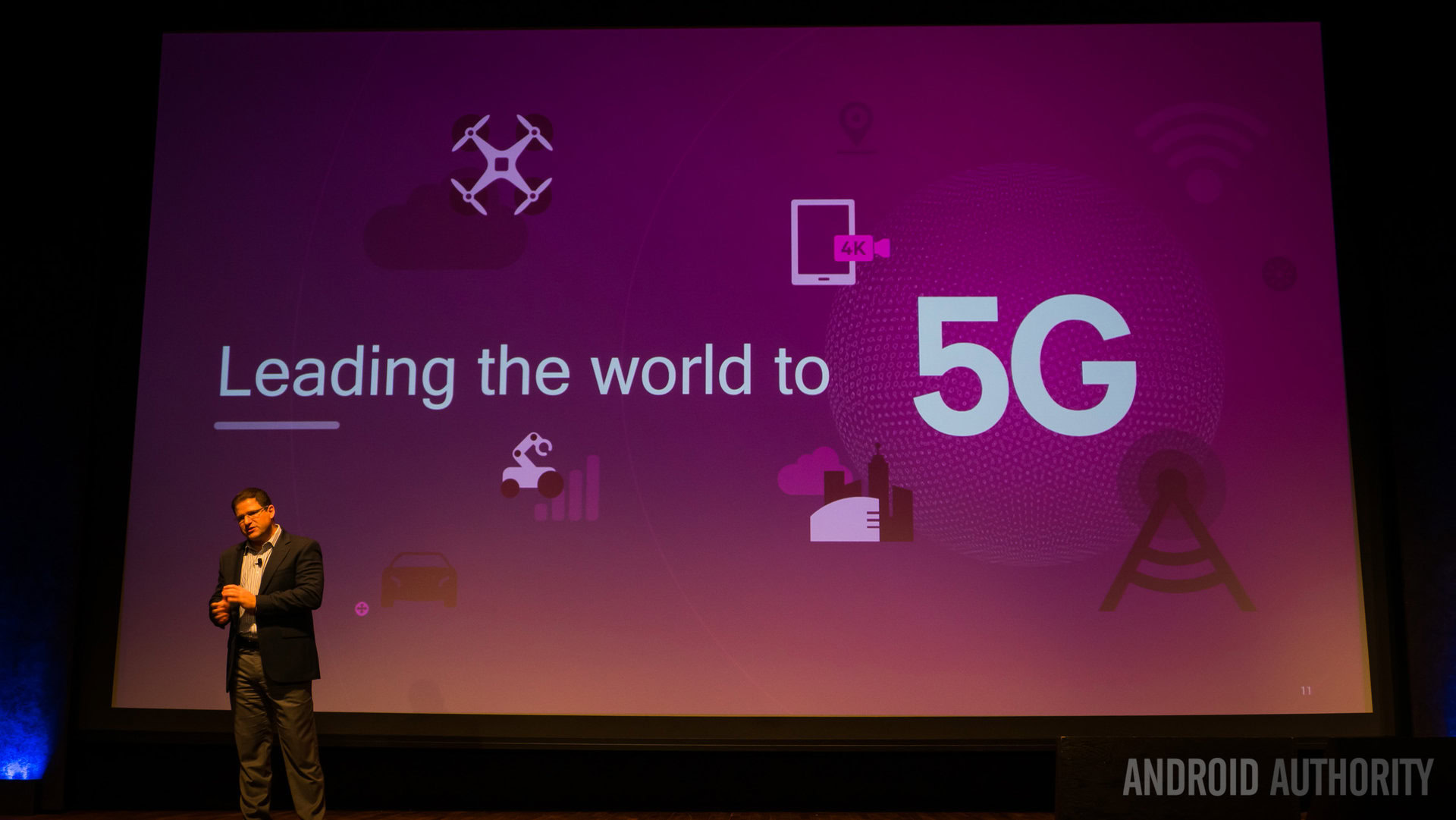
The timeline for 5G phones is still pretty tight, but we’d like to see some 2019 flagships at least gain support for what pre-5G capabilities are available, if not true super-fast 5G, which may take another year or two. That way people upgrading next year won’t be left in the lurch when the tech becomes mainstream.
On top of that, we’d like to see networks actually providing larger and cheaper data plans. After all, what’s the point of faster speeds if data is still too expensive to take advantage of all that new media potential? Then again, 5G will also reduce network congestion, so mass gatherings and sports events should be more bearable.
Proper flagship photo quality

Flagship phones all deliver a brisk experience for the most part, but the camera still presents a real challenge. For every Galaxy S9 and Pixel 2, we’ve got a OnePlus 6 and Xiaomi Mi Mix 2, not quite delivering that effortless, yet consistently high-quality experience.
This was a focus for both Xiaomi and Oppo in 2018, both launching initiatives related to the field. Hopefully their efforts bear fruit, but we also want other manufacturers to invest in delivering better photos. After all, what’s the point of spending more than $800 on a super-fast phone if the camera is trash?
Following the critically acclaimed HUAWEI P20 Pro, we’d also like to see more brands hop on the triple camera or 40MP camera bandwagon. Toss in pixel-binning and advanced image processing techniques, and there’s plenty of room to raise the bar.
More innovative camera modes
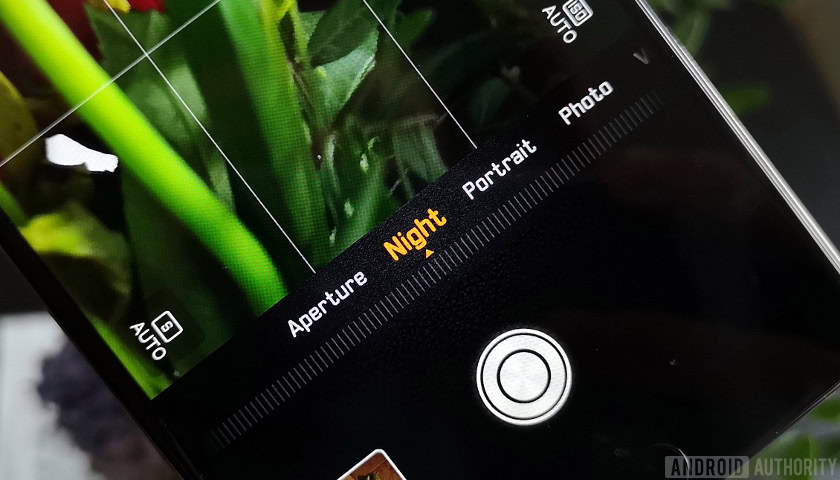
It’s one thing for a phone to take excellent photos, but a wealth of camera modes can also make the handset much more versatile. So we’d like to see brands step up with more innovative camera effects.

It feels like few brands really stood out with their camera effects this year — almost all simply offered simple portrait mode and 2x zoom options. In fact, I think features like LG’s manual video mode or Huawei’s night mode are arguably more impressive than a plethora of dodgy portrait mode shots.
We’ve also seen brands like HUAWEI, Xiaomi, and OPPO offer AI-powered photos modes in 2018. We hope manufacturers do more with the technology in 2019 than just identifying the sky or grass and cranking up the saturation.
Better wireless audio
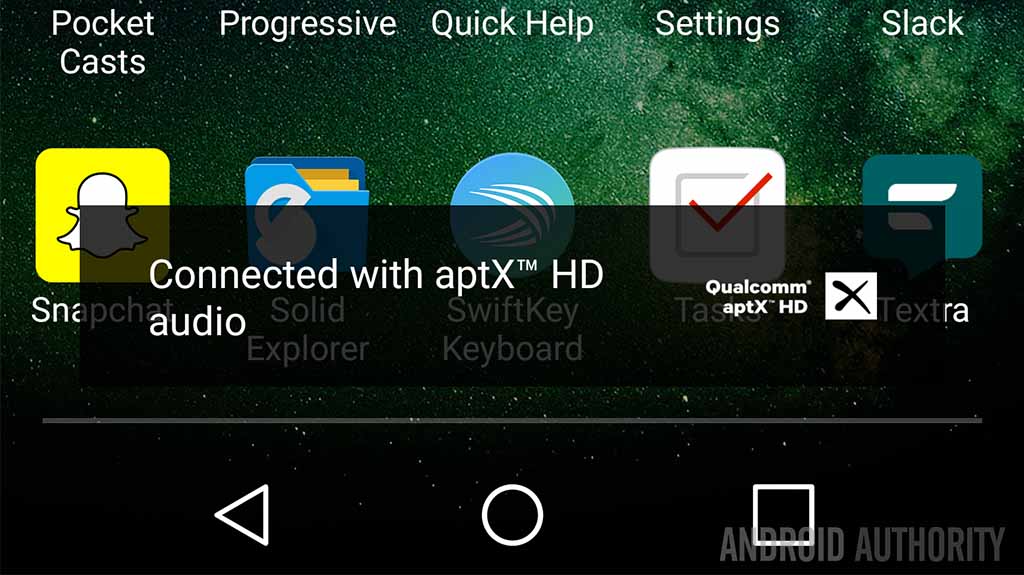
I’m firmly in the headphone jack camp, but I’ve slowly come to accept that more brands will drop the feature in 2019. Dongles are just a stopgap — it’s clear the industry wants you to go wireless instead.
We want 2019 flagships to deliver much better Bluetooth audio capabilities than they do now. Higher quality audio technology like aptX HD and Sony’s LDAC will make the transition more bearable for audiophiles. Everyday users will also benefit from higher quality wireless audio, too.
Bluetooth 5.0 everywhere
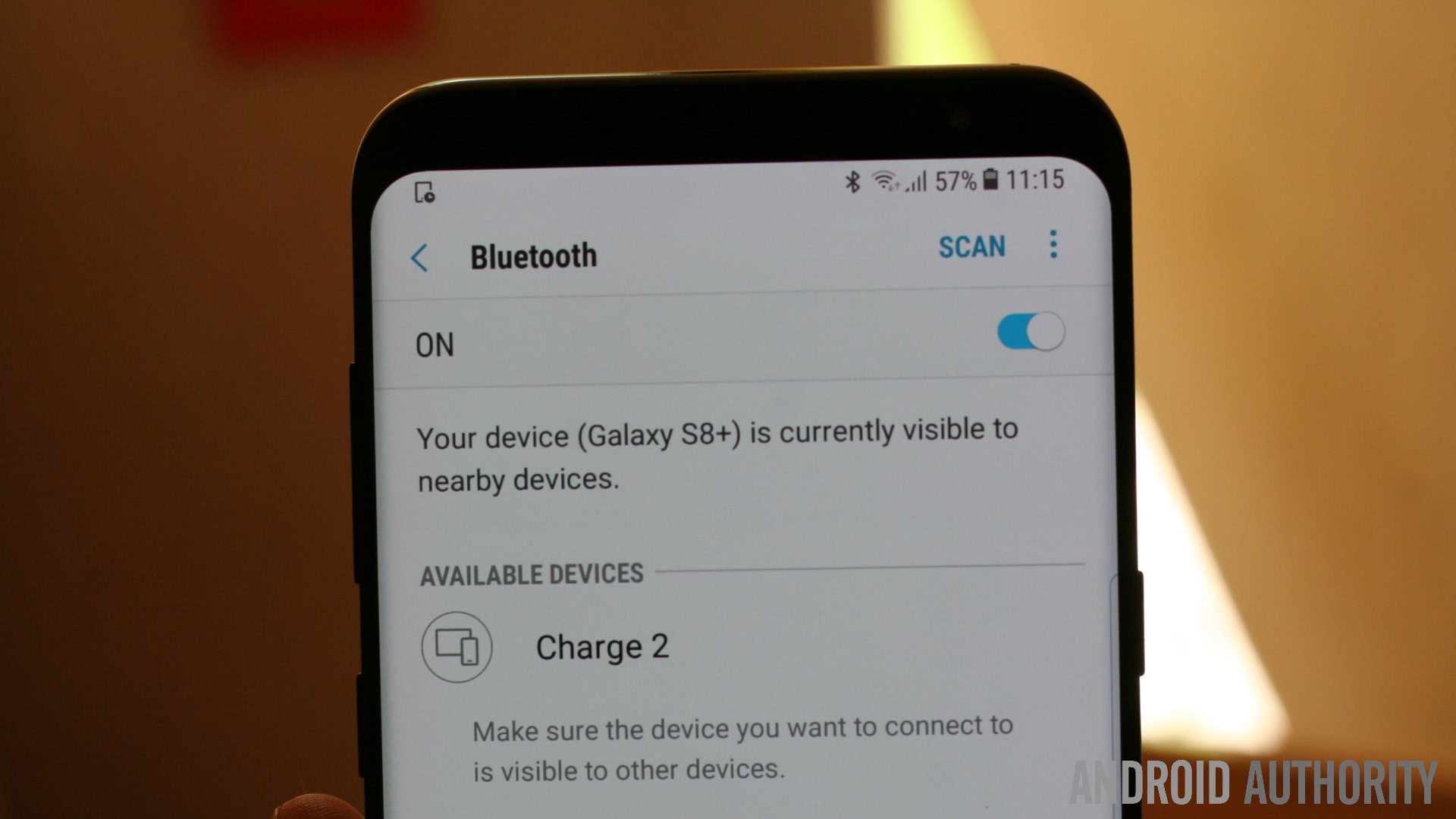
The latest Bluetooth standard has popped up on many phones since its launch last year, but we still see a few exceptions. Most notably, the HUAWEI P20 series lacks Bluetooth 5.0.
In any case, every major brand should embrace the latest standard on its flagships. The benefits are plentiful too, including faster speeds and much greater range. With Bluetooth mesh networks set to invade your home too, now is a good time for better Bluetooth to arrive on your phone. If we’re going to have wireless forced on us, the least we should be able to expect is a stable and quality connection.
Wireless charging
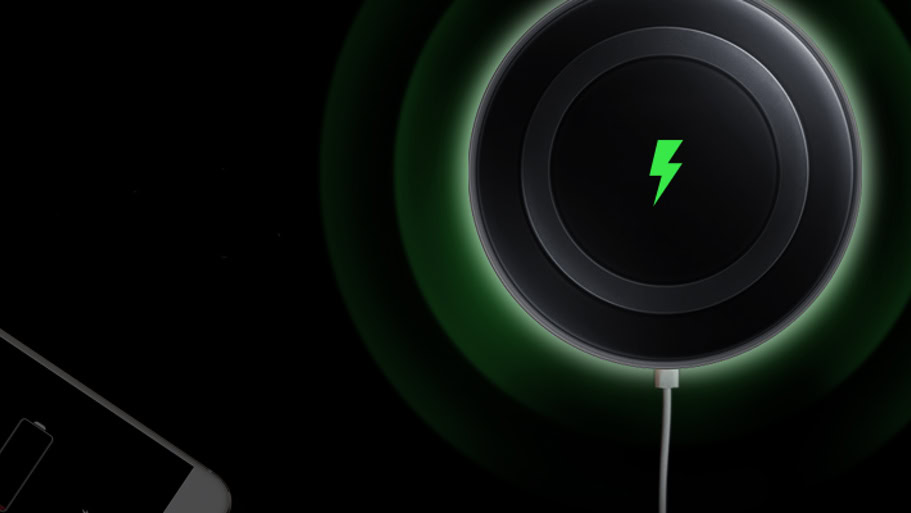
Wireless charging has finally become a Big Deal after Apple adopted it in the iPhone X, even as more and more Android manufacturers are ditching the tech in favor of fast wired charging. We know, Apple didn’t invent the technology — Palm adopted it first — but Apple’s seal of approval has certainly helped to popularize it (alongside Samsung, of course).
The technology has made big strides since the days of WebOS, delivering decent charging speeds. Toss in the proliferation of cheap charging pads and coffee shop support and the time is right for 2019 flagships to reintegrate this feature.
Apple and Samsung both use the Qi standard, so we’d like to see other brands adopt this too. Anything else will result in fragmentation and consumer confusion over compatible charging accessories, even if Samsung already also supports PMA.
More durable phones
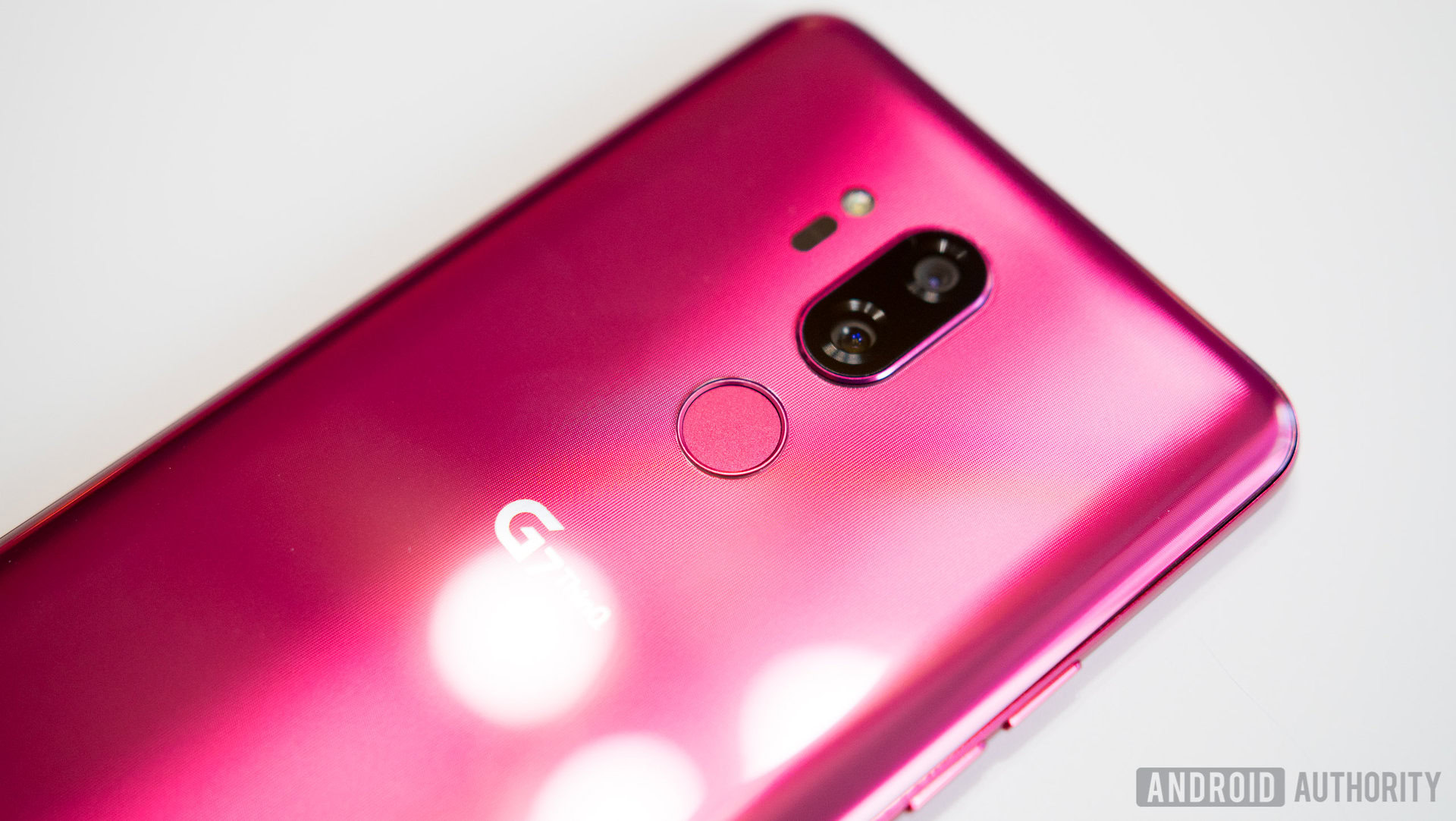
Glass designs enable wireless charging, but they also make for a less durable smartphone. Now, dropping your phone means risking spiderweb cracks on the rear of your phone too. Unless you use a case, which kind of undermines having such a beautifully crafted glass slab in the first place.
Our hope for 2019 flagships is that manufacturers produce more durable glass, either by incorporating new technologies or beefing up their testing process (doing both is good too).
Heck, I’d be happy with a plastic device too — it works just fine with wireless charging. We’ve also seen more than a few water-resistant plastic phones too. In any case, we hope next year’s flagships can withstand a drop or two. Speaking of durability, smartphone reliability goes deeper than build materials.
Water resistance
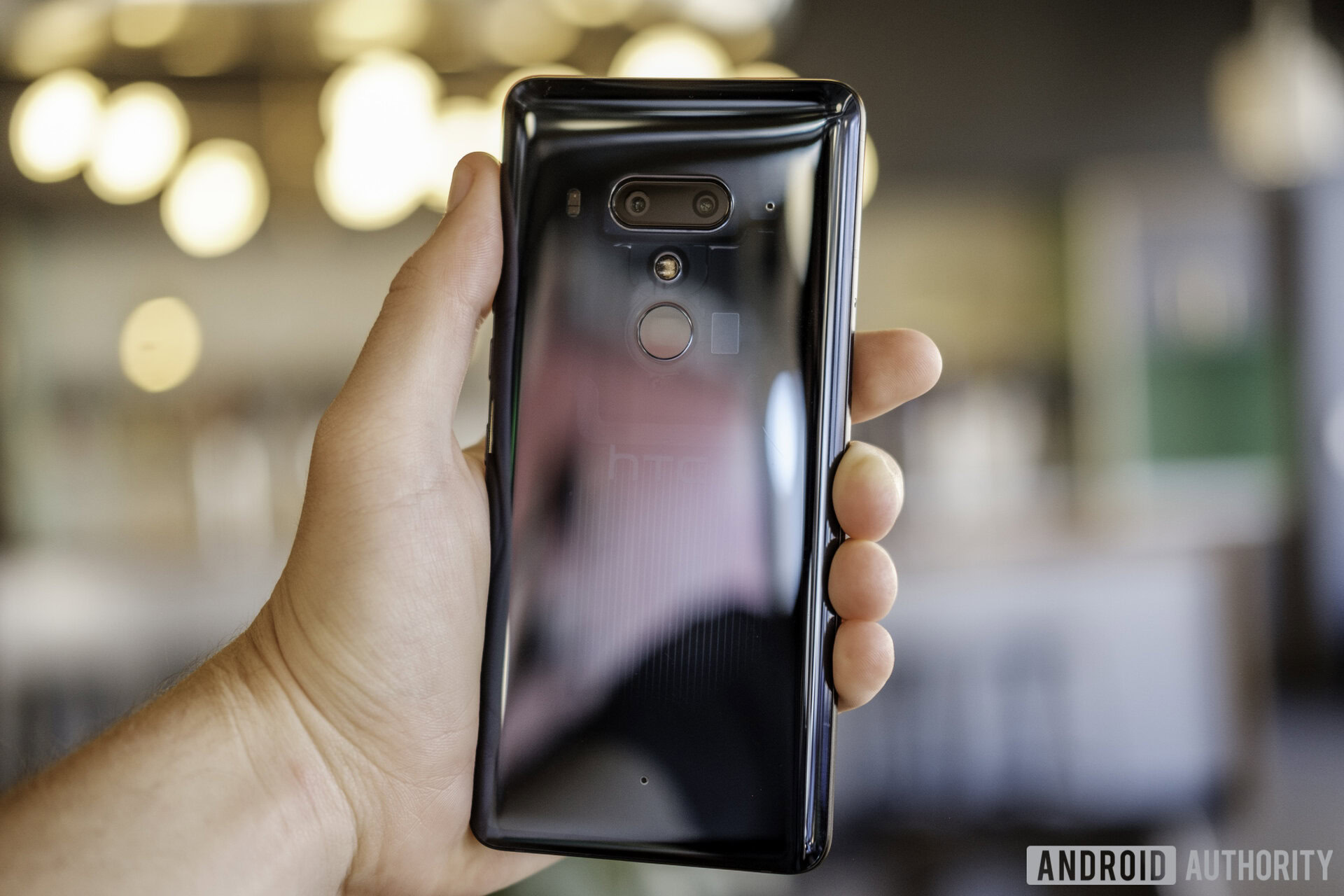
It seems these days that almost all glass flagships are a no-brainer to get water resistance. Take a look at the Galaxy S9, P20 Pro, LG G7 ThinQ, and HTC U12 Plus for proof.
However, plenty of devices still lack an IP67 (or 68) rating, despite still packing a glass design — just look at the OnePlus 6, regular P20, and OPPO Find X (even if some of them are still “unofficially” water-resistant). None of these devices sport wireless charging either. It’s a real shame; you’d think they’d offer one or the other at the very least.
I can forgive a brand for lacking wireless charging or water resistance if they have a phone made out of metal or, in OPPO’s case, had a radical design. But what’s OnePlus‘ and Huawei‘s excuse?
More (and better) in-display scanners
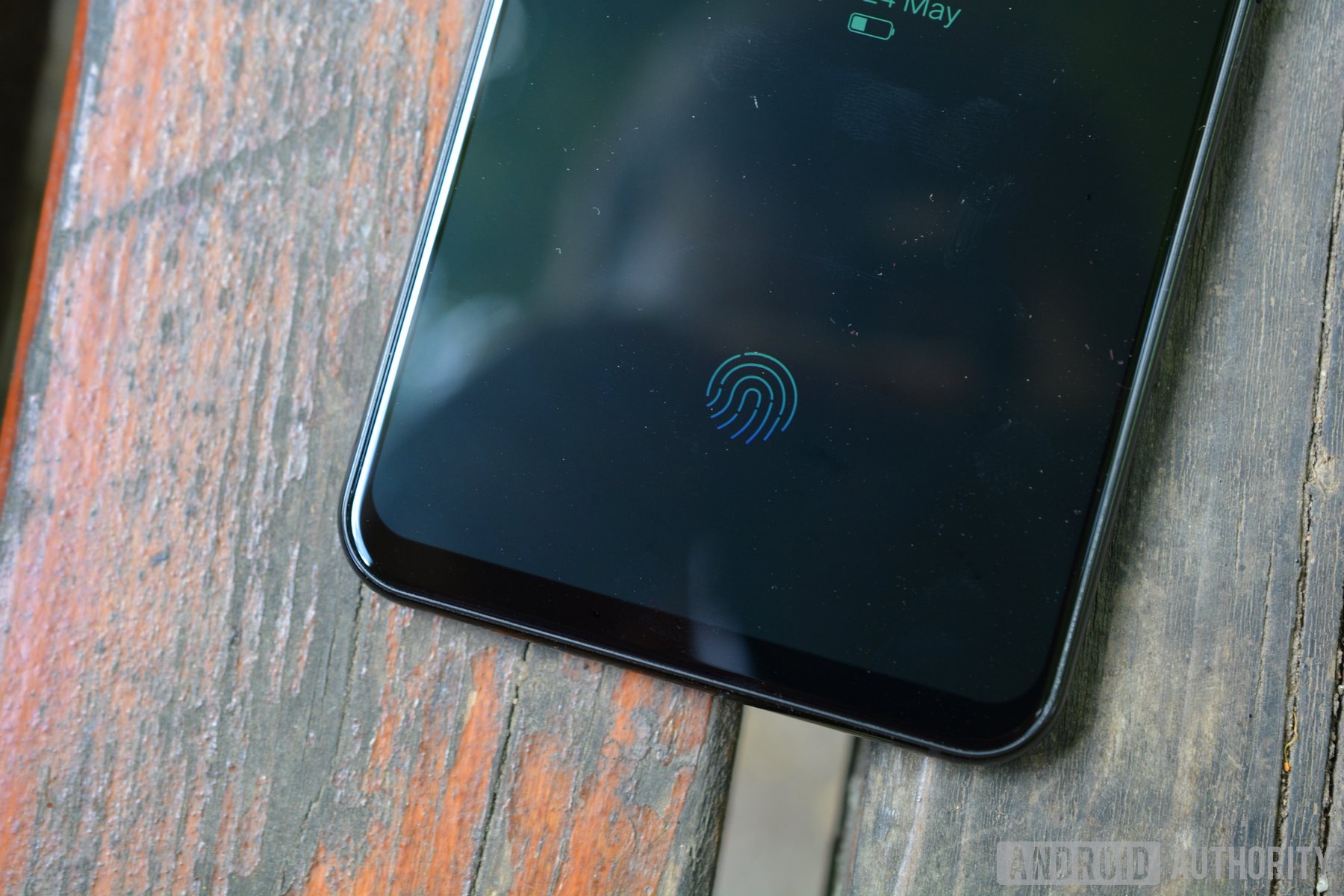
Today’s in-display fingerprint scanners don’t hold a candle to traditional capacitive scanners, lacking both accuracy and speed.
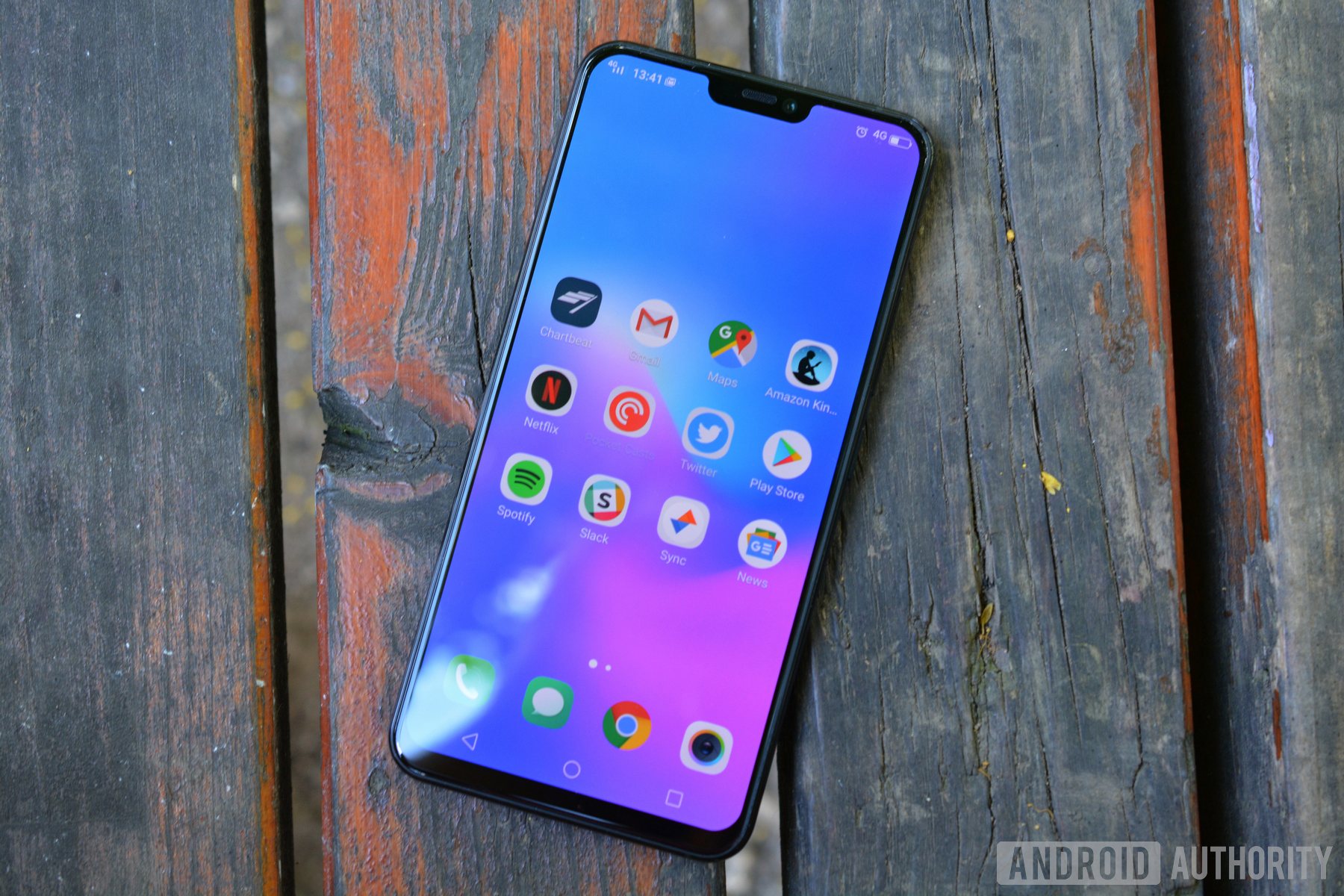
Nevertheless, we’re expecting more phones to adopt in-display scanners next year, but we’d definitely like to see the underlying technology improve first. Right now it’s just a little too slow and error-prone for our liking, but it’s still early days.
vivo showed what the future could possibly hold, with its Apex concept turning roughly half the screen into a fingerprint scanner. Hopefully that means no need to tap on one tiny spot to unlock your phone on 2019 flagships. It should be noted that vivo has since switched from Synaptics to Goodix for its sensors, reducing their target zone in the process. We’ll just have to wait and see if the large or small target area scanners win out in the end.
More uses for the notch
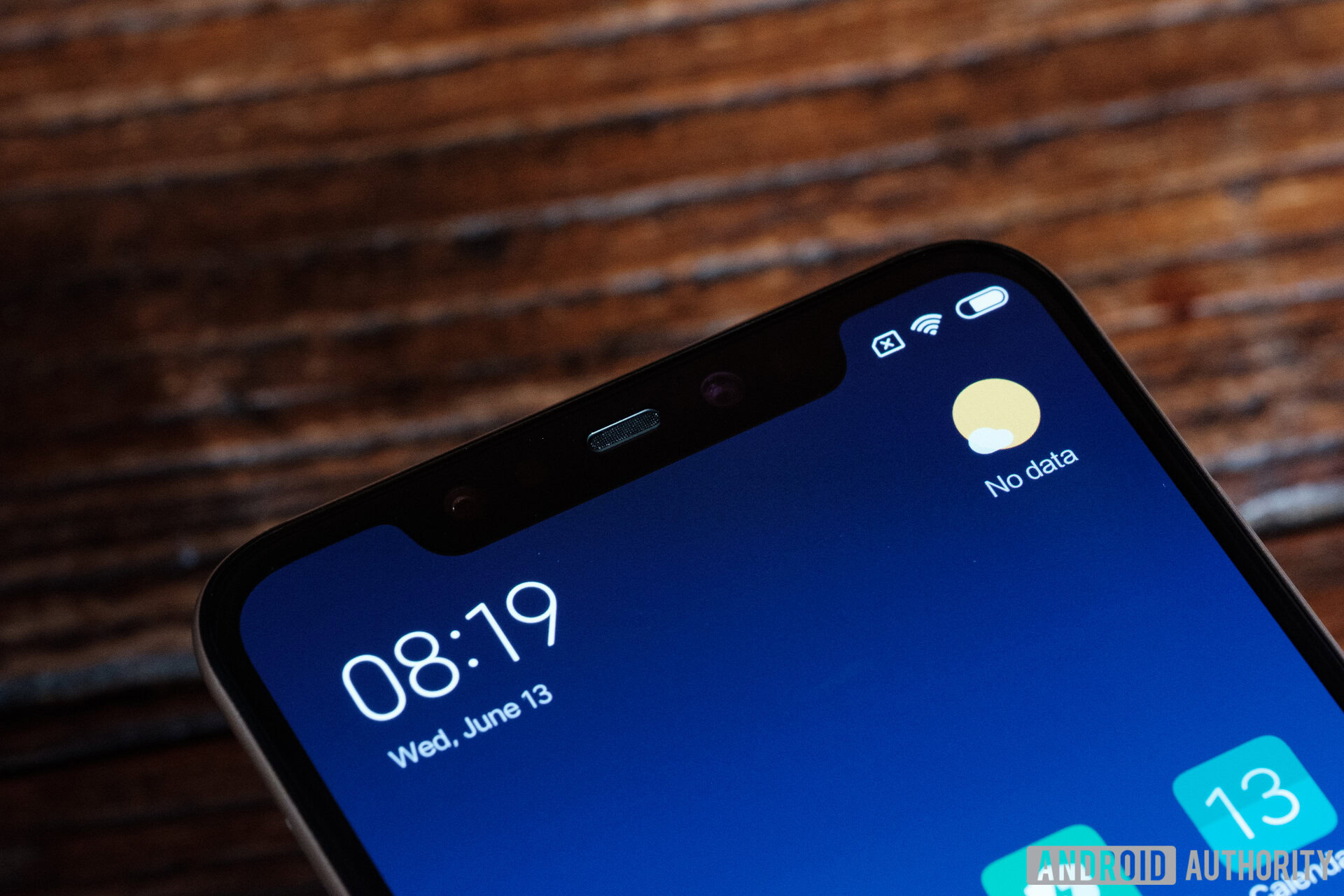
The display notch is probably the most divisive feature of the year, as manufacturers chase a 100 percent screen-to-body ratio. We’ve seen them all in 2017 and 2018, from a tiny Essential-style sliver to a wide forehead.
It seems like the notch is sticking around for 2019, but we hope brands do more with it than simply use it for an earpiece and a camera. Advanced facial recognition, a second selfie camera, or even a second speaker would certainly make the notch more bearable.
Heck, given the choice between a notch and a slim bezel, I’d much rather have the latter. The survey linked above shows most AA readers feel the same way. Will brands take heed? Probably not. Will they come up with more ingenious uses for the notch? Let’s see.
A better battery
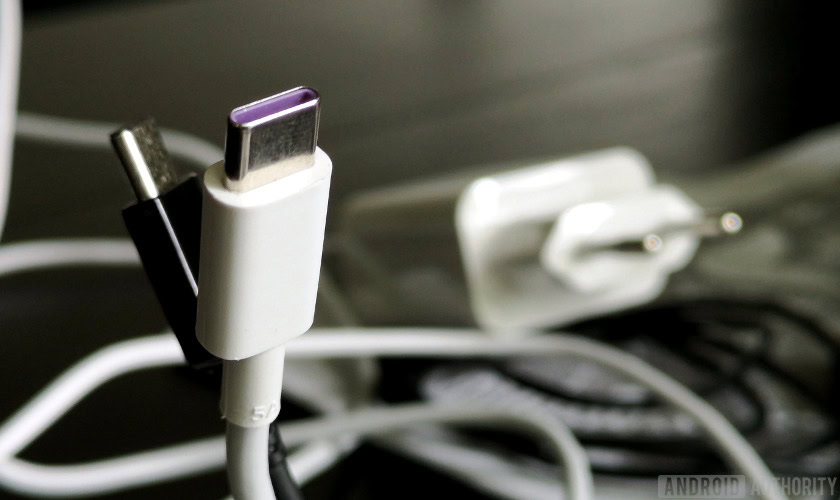
We’d all like a flagship with a massive battery, so we have our fingers crossed for a size bump next year. That isn’t always possible with the limited space inside your typical phone, so we’d like to see manufacturers eke out more juice from these batteries.
Samsung, for one, has done a great job of improving battery degradation, since the dark days of the Galaxy S6. This means your phone shouldn’t see massively reduced endurance a year or two down the line. I’ve been using the Galaxy S8 as my daily driver for just over a year now and haven’t noticed a significantly degraded battery yet. Hopefully, other manufacturers are doing the same if a size increase isn’t on the cards.
More uses for AI chips
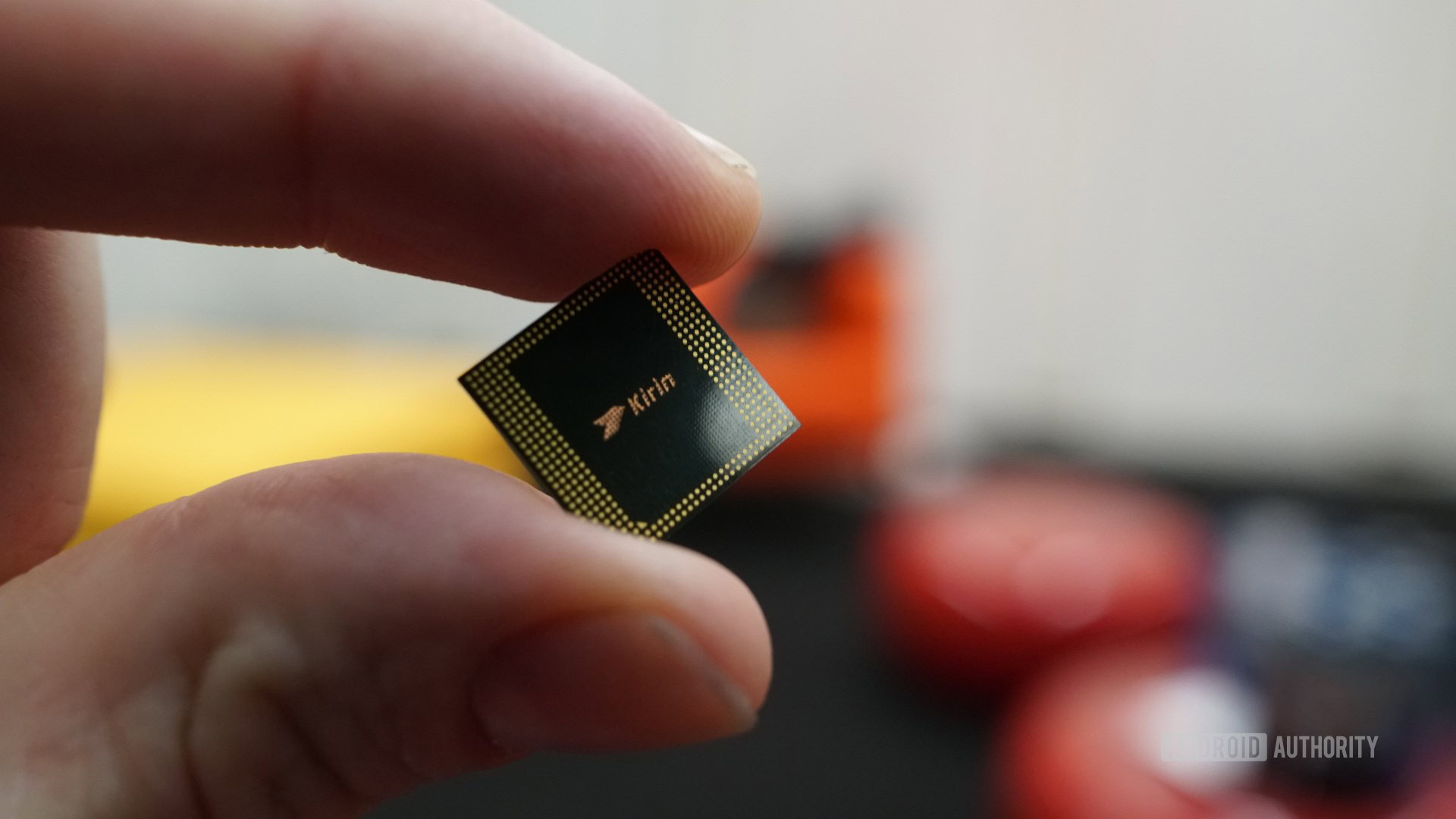
HUAWEI popularized the idea of an AI chip with the Mate 10 and P20 phones, but MediaTek and Arm have also jumped on the bandwagon in 2018. We’ve seen a few uses for the tech, such as translation and scene recognition, but AI silicon has arguably failed to live up to the hype so far.
Read more: What is the Kirin 970’s NPU? – Gary explains
In 2019 we’d like to see phones with AI silicon gain features like more offline inference for voice assistants, smarter camera effects, transcription, and speedier performance in general.
Better developer support
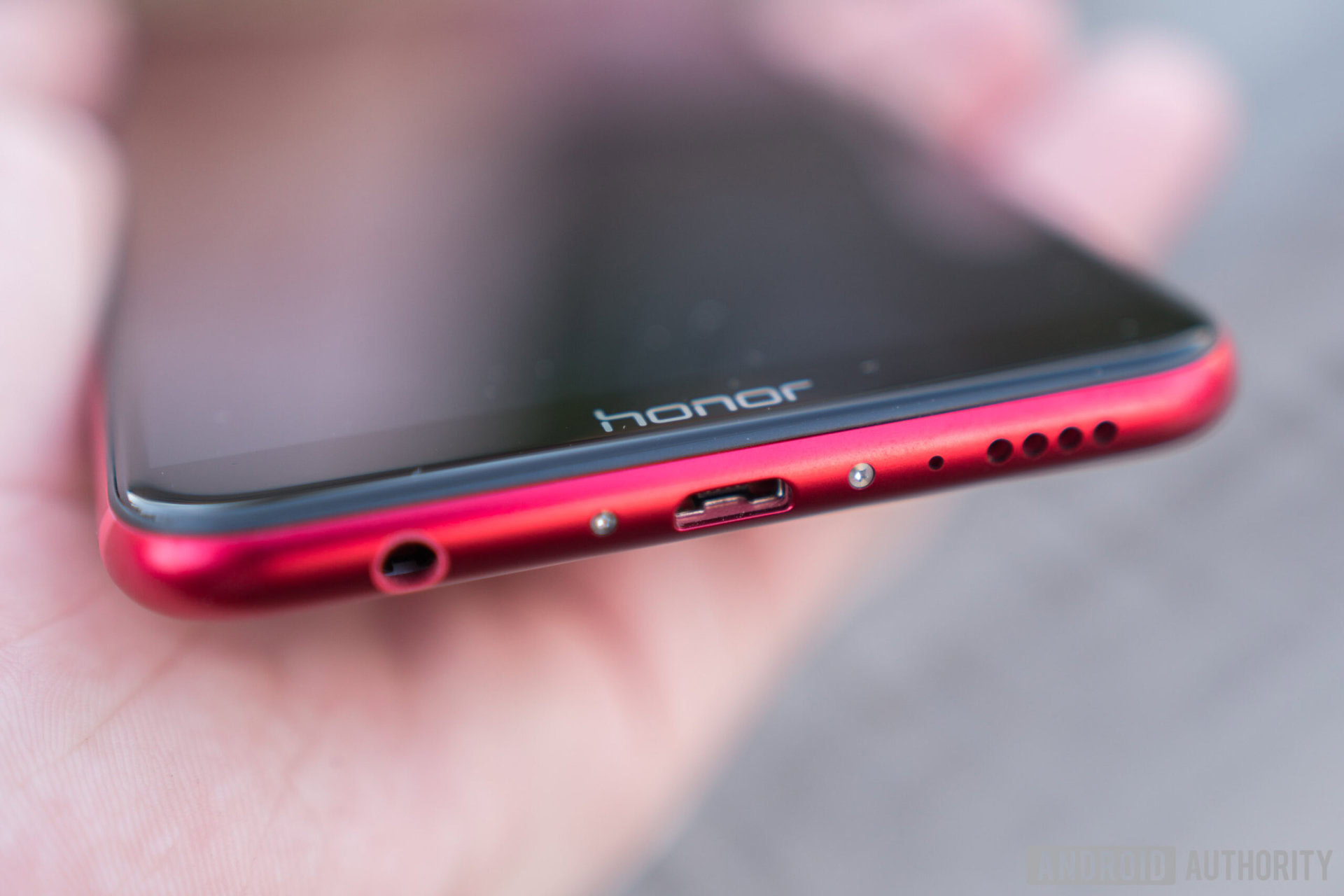
Speaking of HUAWEI, the company made a few headlines in May when it stopped allowing bootloader unlocking. This is an essential step for installing new ROMs and generally tinkering with the phone.
We hope HUAWEI makes an about-turn with its 2019 flagships, and we also hope other companies take advantage and allow this service. After all, custom ROMs are a lifesaver for phones that have been abandoned by their manufacturer.
Faster updates
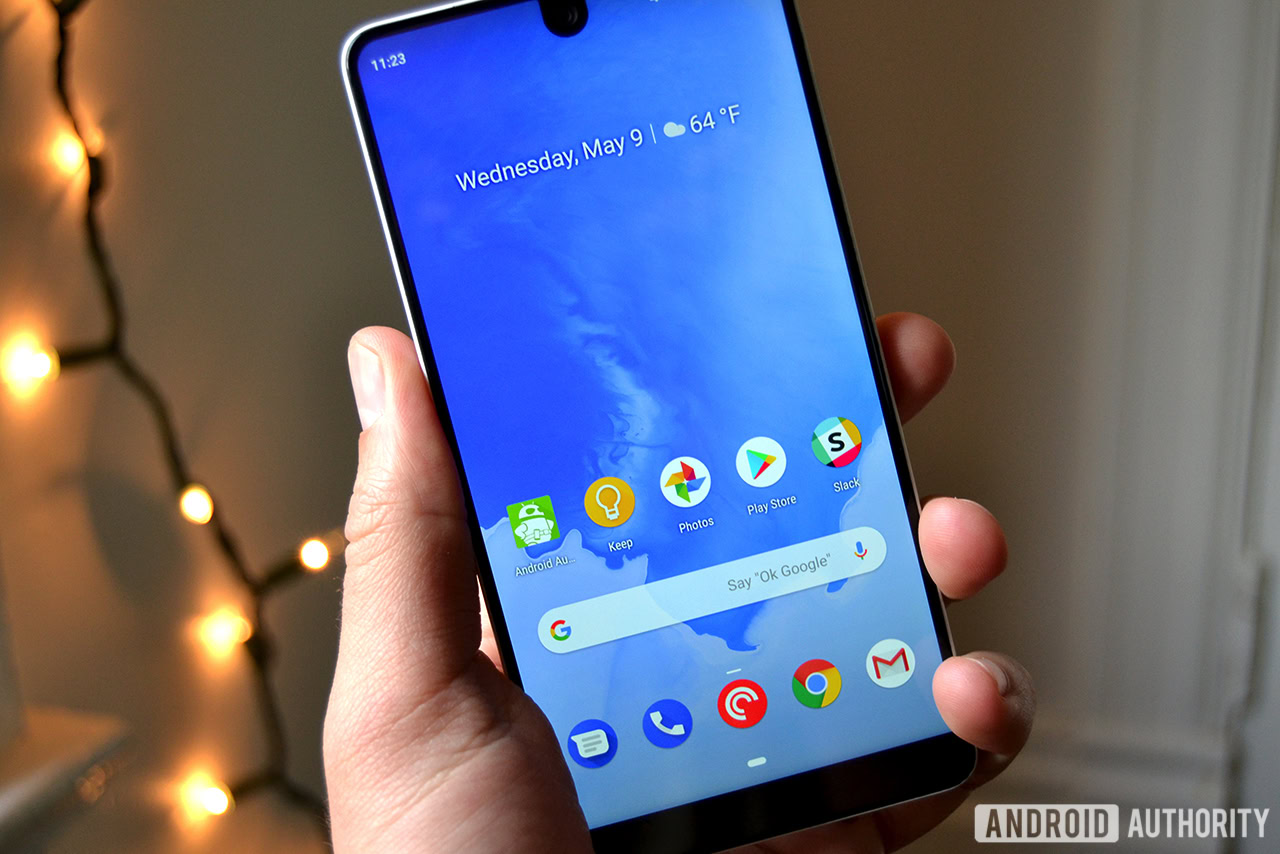
Android users have wanted this for a while now, but faster updates still aren’t a given for flagship devices. It’s not uncommon to wait more than three months for the latest update to hit your phone.
The launch of Project Treble means updating devices has become a lot easier for manufacturers and enthusiasts alike. Unless Google starts creating the updates and pushing them out on behalf of OEMs, it’s still up to the manufacturers when users will get new versions of Android.
The Android P developer preview has been a big positive this year, expanding support from the Pixel phones to a variety of third-party devices. Hopefully, we see more phones running Android developer previews in 2019.
These are the biggest features we’d like to see in 2019. Which ones did we miss? Sound off in the comments below.